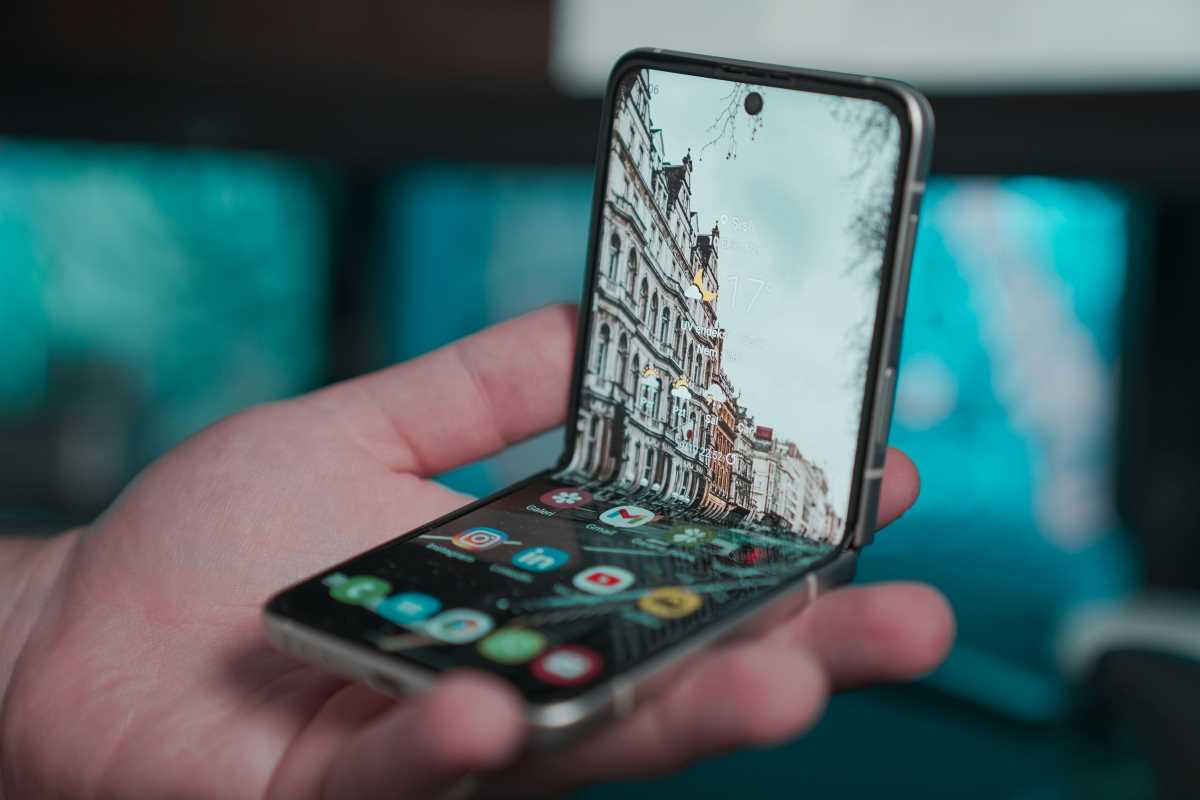Traveling internationally is one of life’s greatest adventures. But if there’s one thing that can ruin the excitement of exploring new destinations, it’s coming home to a sky-high phone bill. Using your cell phone abroad—even just for quick internet searches or checking maps—can add up fast without the proper preparation. The good news? You don’t need an expensive international cell plan to stay connected. With a little tech know-how and some savvy strategies, you can save big on international phone use no matter what plan you’re on.
Whether you’re a casual traveler or a frequent flyer, this guide has you covered. From apps that make communication free to tips on avoiding unexpected charges, these smart savings hacks will help you stay within budget while staying connected worldwide.
Know Your Plan Before You Go
Before packing your bags, take a few minutes to understand your current phone plan’s international options. Many carriers offer some form of global coverage, but they vary widely in cost and what they include.
Questions to Ask Your Carrier
- Does your current plan include roaming for calls, texts, or data abroad? If so, what are the rates per country?
- Are there daily or monthly international packages you can add temporarily?
- Will your phone automatically switch to data roaming when you arrive, or do you need to activate something?
Knowing these details can help you avoid costly surprises and guide you toward the most budget-friendly option.
A Quick Tip
If your carrier charges a flat daily rate for international coverage (like $10 per day), consider using it sparingly. Keep your device on airplane mode as much as possible and only activate roaming when absolutely needed.
Use Wi-Fi for Free Connectivity
One of the easiest ways to save on international cell use is by connecting to Wi-Fi whenever possible. Hotels, coffee shops, and even outdoor areas often have free Wi-Fi, making it easy to check messages, browse the web, or even make a phone call without relying on your mobile network.
Smart Tools for Wi-Fi Use
Wi-Fi Calling
- Most smartphones allow you to make calls and send texts over Wi-Fi instead of using cellular service. Just enable Wi-Fi calling in your phone’s settings before you leave.
VPN for Security
While public Wi-Fi is convenient, it’s not always secure. A Virtual Private Network (VPN) can encrypt your internet use, keeping your data safe from hackers. Free VPN options exist, but a paid one often provides better performance and reliability.
Wi-Fi Finder Apps
Download apps like Instabridge or Wi-Fi Map to locate free hotspots at your destination. These are especially handy if you’re traveling in unfamiliar areas.
Leverage Free Communication Apps
Gone are the days when you had to pay for international calls and texts. Thanks to communication apps, you can stay in touch with family, friends, or colleagues at no cost—as long as you’re connected to Wi-Fi.
Popular Free Apps
Perfect for texting, voice calls, and even video chats with anyone worldwide. Plus, it’s free to download and easy to use.
Skype
Whether you're making a personal call or holding a business meeting, Skype offers reliable video and audio calling services.
Facebook Messenger
If you’re already using Facebook, its Messenger feature is a seamless option for chatting or calling over Wi-Fi.
Message and FaceTime (for Apple users)
If both you and the person you’re contacting have an iPhone, enjoy free texting and video calls over Wi-Fi using these built-in apps.
Pro Tip
Before your trip, ask your contacts to download the same app(s) you plan to use. That way, communication is easy and seamless once you’re abroad.
Consider Buying a Local SIM Card
One of the most cost-effective ways to stay connected when traveling abroad is buying a local SIM card. With a local card, you’ll use a prepaid plan from the country you’re visiting, which generally includes minutes, texts, and data at much lower rates than international roaming charges.
How It Works
- Make sure your phone is unlocked (ask your provider about unlocking it if it isn’t).
- Upon arrival, buy a prepaid SIM card at an airport kiosk, electronics store, or convenience shop.
- Insert the SIM card into your phone, and you’re good to go!
Pros of a Local SIM Card
- Significantly cheaper rates for calls and data.
- You’ll have a local number, which can be helpful for booking reservations or contacting local businesses.
Cons to Consider
- You’ll temporarily lose access to your home number while the local SIM is in use.
- If you’re visiting multiple countries, you might need a separate SIM for each.
Try an International eSIM
If dealing with physical SIM cards seems like a hassle, consider using an eSIM (electronic SIM), which lets you switch to a local carrier digitally. With an eSIM-compatible phone, you can download a temporary plan for international travel without swapping out any hardware.
Benefits of eSIMs
- No need to visit a store or deal with a physical card.
- Easily switch back to your regular plan when you return home.
- Many eSIM providers offer global travel packages that cover multiple countries.
Popular eSIM services include Airalo, Nomad, and Holafly.
Rent or Buy a Pocket Wi-Fi Device
For travelers who need reliable internet across multiple devices, a pocket Wi-Fi device is a game-changer. These small devices create a portable hotspot, allowing you to connect your phone, tablet, or laptop to the internet wherever you go.
How to Get One
- Rent a pocket Wi-Fi device in advance and pick it up at the airport or have it shipped to your home.
- Some companies (like Skyroam) also offer purchase options if you travel frequently.
Pros
- Avoids the need for SIM cards or international cell plans entirely.
- Can connect multiple devices at once, making it ideal for families or group trips.
Cons
- Rental fees or purchase costs can add up.
- You’ll need to carry and recharge the device.
Switch to a Travel-Friendly Carrier
If you’re a frequent traveler, it might be worth considering a mobile plan that specifically caters to international use. Some carriers offer affordable international perks as part of their standard packages.
Travel-Friendly Carriers
- T-Mobile offers free international data and texting in over 200 countries for certain plans.
- Google Fi is designed for international travelers, with the same rates for data abroad as at home.
- AT&T International Day Pass is a good option if you only need international coverage occasionally.
Do some comparison shopping to see if switching carriers could save you money in the long term.
Monitor Data Usage to Avoid Overages
Even the best-laid plans can go awry if you don’t keep an eye on your data usage. Streaming shows or using GPS for hours can eat through your allowance faster than you think.
Tips to Save Data
- Download Maps Offline: Apps like Google Maps and Maps.me allow you to save maps for offline use.
- Limit Video Streaming: Prefer downloading content beforehand or streaming only over Wi-Fi.
- Disable Background Data: Turn off app refresh for non-essential apps to conserve your data.
 (Image via
(Image via





.jpeg)